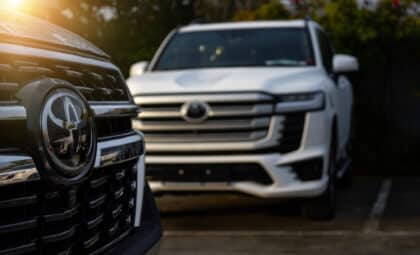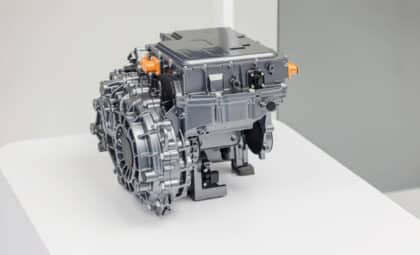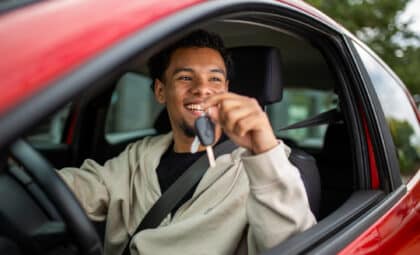
Photo: Lothar Wandtner via PixabayCC
Automakers are expanding their suite of advanced driver-assist technologies with each new model year. Tech that was once only available on higher trim levels for extra money is now slowly becoming standard. Although there are mixed feelings on the benefits and appeal of driver-assist features, one such system, rear autobrake, is proving effective in helping reduce fender benders.
Car Care: Signs it’s time for new tires
The Highway Loss Data Institute (HLDI) drew this conclusion after its yearly review of how crash avoidance technologies are impacting driving in the real world.
According to the HLDI, the vehicles reviewed with rear AEB posted a 28 percent decrease in property damage liability claims. There was also a 10 percent decrease in collision claims.
“We haven’t seen that kind of reduction in claims for vehicle and other property damage from any other advanced driver assistance system,” says HLDI Senior Vice President Matt Moore.
Although rear-end fender benders are less dangerous compared to front-end collisions and often occur at lower speeds, the costs to repair the damage can be expensive, he adds.
“Low-speed backing crashes represent a substantial portion of insurance claims, a separate HLDI analysis that looked at the point of impact of crashes found. Collision claims with rear damage of less than $2,000 accounted for 17 percent of all collision claims and over $8 billion in estimated damage during calendar years 2010–17,” reports the Insurance Institute for Highway Safety.
Under proper conditions, rear autobrake systems use data from cameras or radar to warn drivers of dangers behind them. If they move too close to an obstacle, the system may activate an alert and automatically engage the brakes and bring the vehicle to stop. This intervention can help minimize the impact or avoid the collision completely.
Maintenance Tips: The importance of buying OEM parts
Currently, rear autobrake systems don’t factor into Top Safety Pick and Top Safety Pick+ ratings from the IIHS.
DeAnn Owens is a Dayton transplant by way of the Windy City, yet considers herself to be a California girl at heart even though she’s only visited there once. To get through the dreaded allergy season unique to the Miami Valley, she reads, writes, complains about the weather, and enjoys spending time with her husband, two sons, and their newest addition, a Boston terrier puppy that is now in charge of all their lives. In the future, she hopes to write a novel and travel through time. See more articles by DeAnn.









